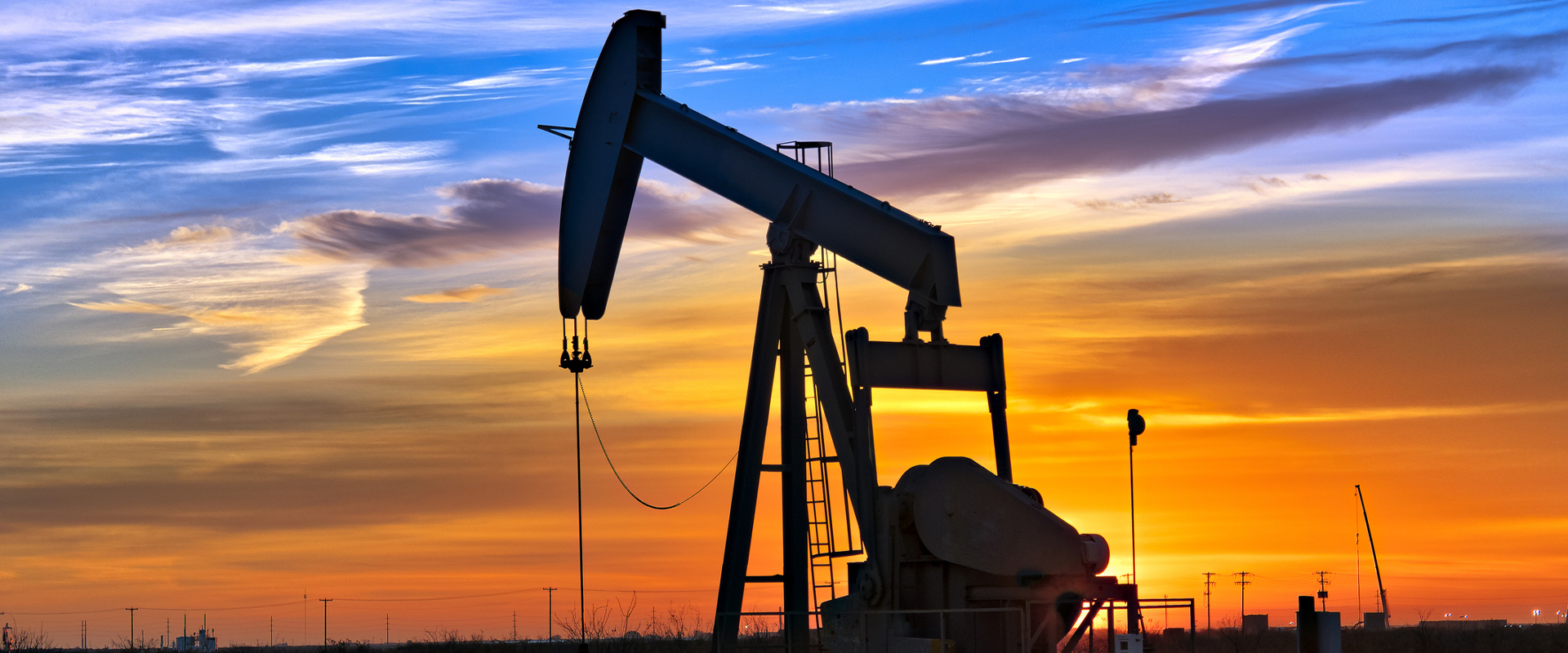- Afrikaans
- Albanian
- Amharic
- Arabic
- Armenian
- Azerbaijani
- Basque
- Belarusian
- Bengali
- Bosnian
- Bulgarian
- Catalan
- Cebuano
- Corsican
- Croatian
- Czech
- Danish
- Dutch
- English
- Esperanto
- Estonian
- Finnish
- French
- Frisian
- Galician
- Georgian
- German
- Greek
- Gujarati
- Haitian Creole
- hausa
- hawaiian
- Hebrew
- Hindi
- Miao
- Hungarian
- Icelandic
- igbo
- Indonesian
- irish
- Italian
- Japanese
- Javanese
- Kannada
- kazakh
- Khmer
- Rwandese
- Korean
- Kurdish
- Kyrgyz
- Lao
- Latin
- Latvian
- Lithuanian
- Luxembourgish
- Macedonian
- Malgashi
- Malay
- Malayalam
- Maltese
- Maori
- Marathi
- Mongolian
- Myanmar
- Nepali
- Norwegian
- Norwegian
- Occitan
- Pashto
- Persian
- Polish
- Portuguese
- Punjabi
- Romanian
- Russian
- Samoan
- Scottish Gaelic
- Serbian
- Sesotho
- Shona
- Sindhi
- Sinhala
- Slovak
- Slovenian
- Somali
- Spanish
- Sundanese
- Swahili
- Swedish
- Tagalog
- Tajik
- Tamil
- Tatar
- Telugu
- Thai
- Turkish
- Turkmen
- Ukrainian
- Urdu
- Uighur
- Uzbek
- Vietnamese
- Welsh
- Bantu
- Yiddish
- Yoruba
- Zulu
well tubing and casing
Well Tubing and Casing Essential Components of Oil and Gas Extraction
In the oil and gas industry, the extraction of hydrocarbons from beneath the earth's surface is a complex process that involves an intricate system of equipment and materials. Among the most critical components of this system are well tubing and casing. Understanding the roles, differences, and applications of tubing and casing is vital for anyone involved in drilling operations or the management of oil and gas wells.
What is Well Casing?
Well casing serves as the structural framework of a drilled well. It is a series of steel pipes that are inserted into the wellbore to provide reinforcement and prevent the walls from collapsing. Casing plays a crucial role in isolating different geological layers, ensuring that fluids from various formations do not mix and that the surrounding environment is protected from contamination.
There are various types of casing used in drilling, including surface casing, intermediate casing, and production casing.
1. Surface Casing The first layer installed in a well, the surface casing extends from the surface to a predetermined depth, usually below the freshwater aquifers. Its purpose is to protect these vital freshwater sources and provides a stable environment for drilling operations. 2. Intermediate Casing This layer is installed after the surface casing and before production begins. It is used to stabilize the wellbore and isolate pressure zones that could lead to blowouts.
3. Production Casing The final casing installed, production casing, lines the well where the hydrocarbons will be extracted. It must be robust to withstand the pressures and conditions within the reservoir.
What is Well Tubing?
In contrast to casing, well tubing is a smaller diameter pipe used to transport the oil and gas from the reservoir to the surface. Tubing is typically run inside the production casing and is a crucial aspect of the extraction process.
Well tubing comes in various sizes and materials, often chosen based on the specific conditions and requirements of the well. The tubing is designed to handle high-pressure fluids and must be capable of withstanding the corrosive nature of the fluids being extracted.
well tubing and casing

Key Differences Between Tubing and Casing
While both tubing and casing are essential for successful oil and gas extraction, they serve distinct purposes
- Function Casing provides structural integrity and protection for the wellbore, while tubing transports hydrocarbons from the reservoir to the surface.
- Diameter Casing is larger in diameter compared to tubing. This allows for the placement of tubing within the casing, creating a two-layer system that enhances the well's overall performance.
- Installation Casing is typically inserted during the drilling process, while tubing is added after the well has been completed and is ready for production.
Importance in Operations
The choice of casing and tubing is critical in optimizing the production of a well. Poorly selected or improperly installed casing can lead to well failure, environmental hazards, and costly production losses. The selection of materials must consider factors like the expected pressure, temperature, and the corrosive nature of the fluids involved.
Float equipment is often used during the installation of casing to ensure proper cementing and sealing of gaps between the casing and the wellbore. Proper cementing is essential for creating a barrier that prevents fluid migration and protects the integrity of the well.
Conclusion
In conclusion, well tubing and casing are foundational components of oil and gas extraction. Their proper selection, installation, and maintenance directly affect the efficiency and safety of drilling operations. Understanding their roles ensures that drilling teams can effectively manage the complexities of well operations and enhance the overall productivity of hydrocarbon extraction. As the industry continues to evolve with new technologies and methods, the importance of these components will remain critical to successful well management and environmental protection.
-
Tubing Pup Joints: Essential Components for Oil and Gas OperationsNewsJul.10,2025
-
Pup Joints: Essential Components for Reliable Drilling OperationsNewsJul.10,2025
-
Pipe Couplings: Connecting Your World EfficientlyNewsJul.10,2025
-
Mastering Oilfield Operations with Quality Tubing and CasingNewsJul.10,2025
-
High-Quality Casing Couplings for Every NeedNewsJul.10,2025
-
Boost Your Drilling Efficiency with Premium Crossover Tools & Seating NipplesNewsJul.10,2025







